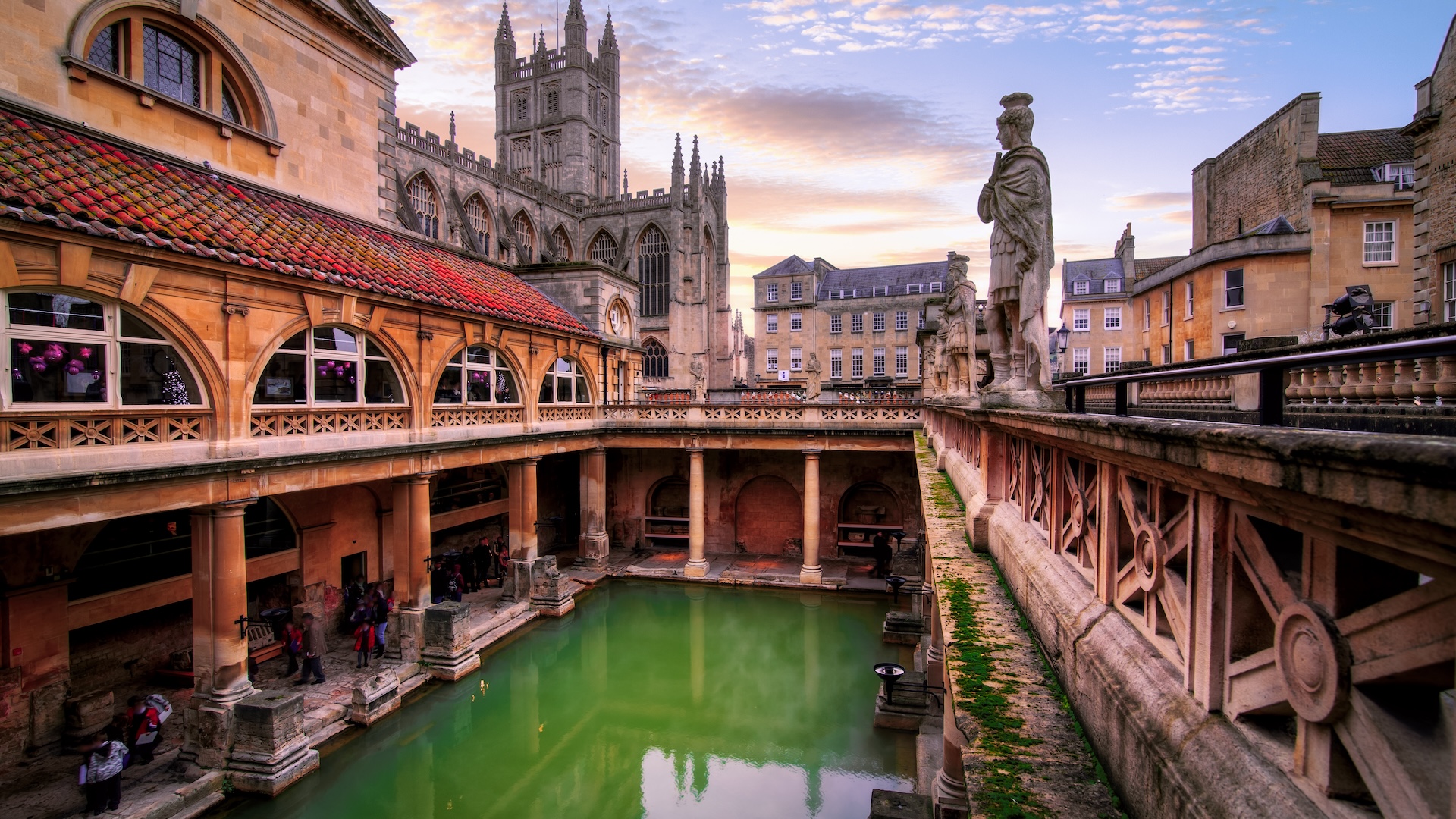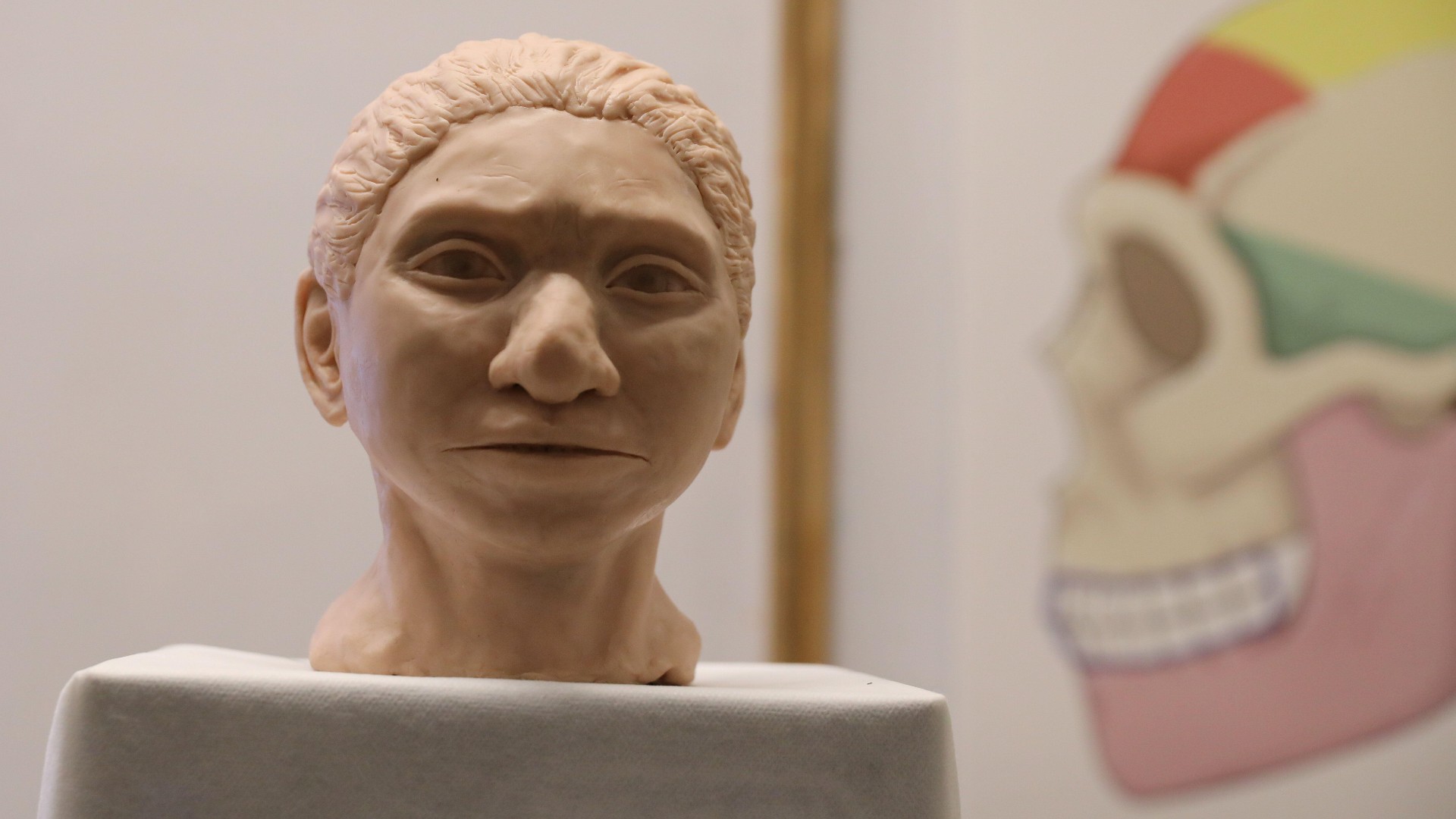Anthropology
Latest about anthropology
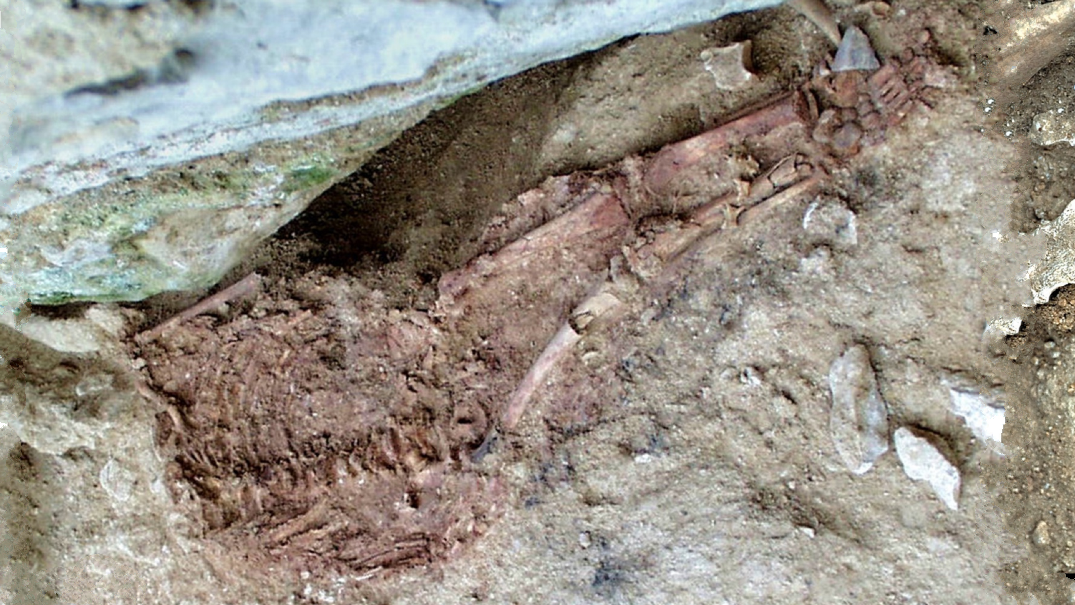
28,000-year-old Neanderthal-and-human 'Lapedo child' lived tens of thousands of years after our closest relatives went extinct
By Kristina Killgrove published
Researchers used a novel method of radiocarbon dating to figure out the age of the Lapedo child, who had both Neanderthal and human traits.
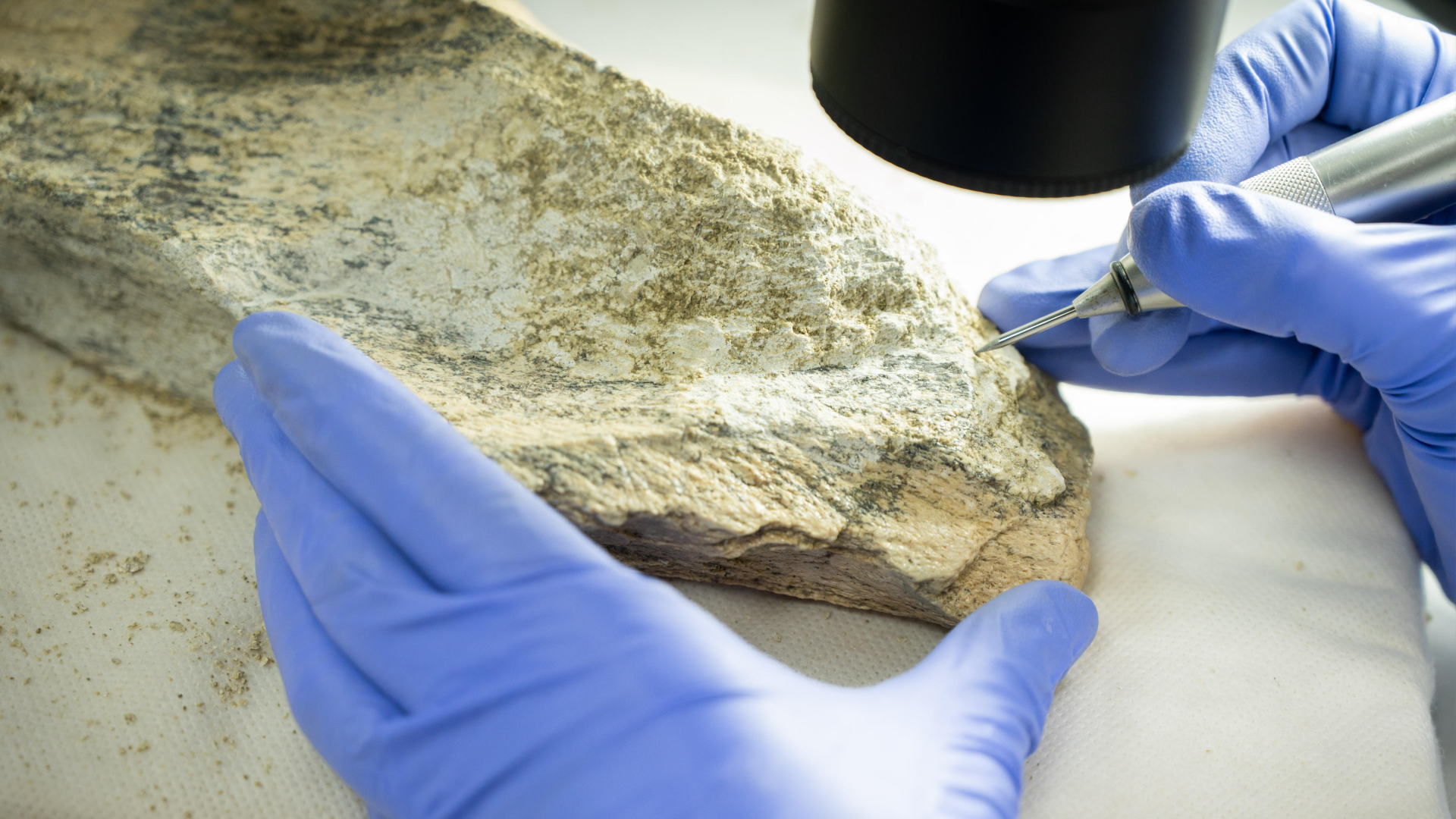
1.5 million-year-old bone tools crafted by human ancestors in Tanzania are oldest of their kind
By Kristina Killgrove published
The discovery of 1.5 million-year-old bone tools upends what we know about tool manufacturing in East Africa.
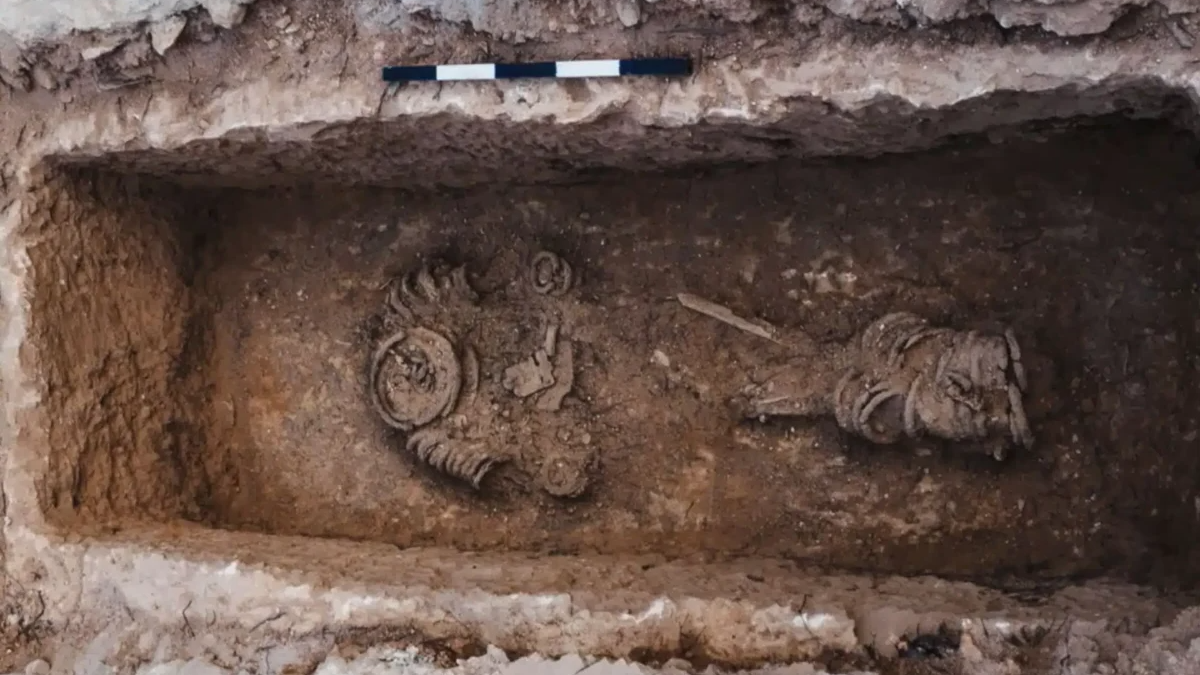
1,500-year-old skeleton found in chains in Jerusalem was a female 'extreme ascetic'
By Kristina Killgrove published
Archaeologists were surprised that the skeleton of a person wrapped in heavy chains was female.
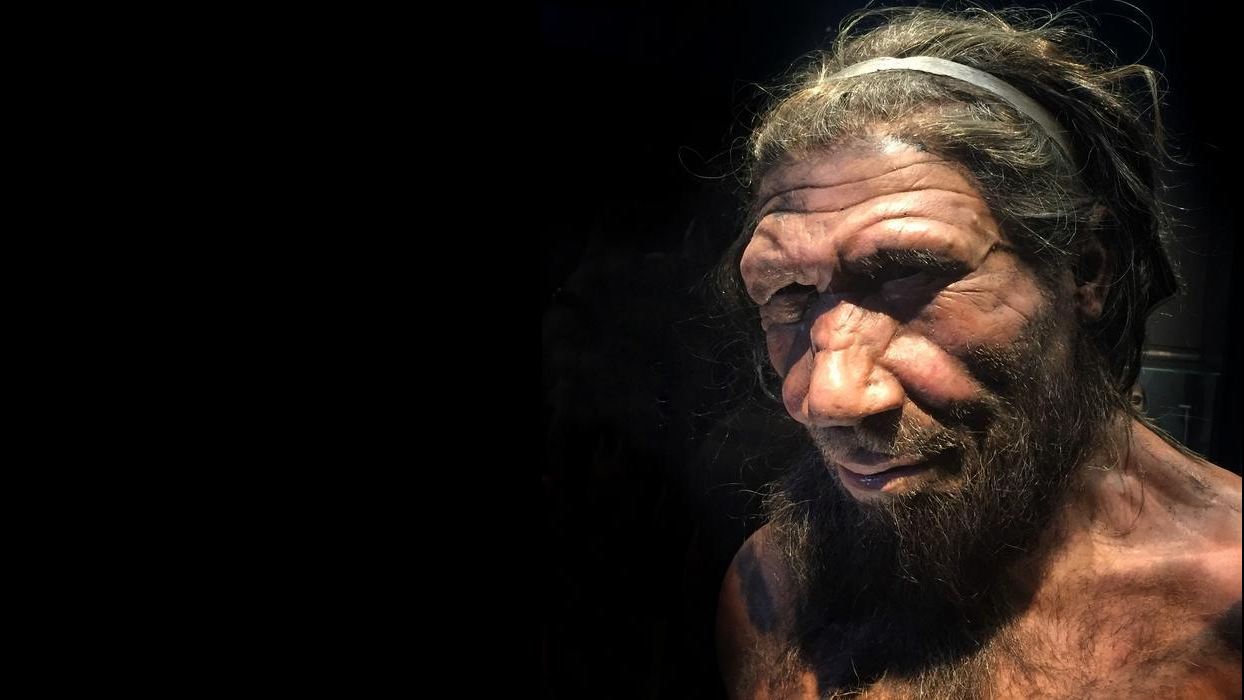
Neanderthal 'population bottleneck' around 110,000 years ago may have contributed to their extinction
By Kristina Killgrove published
A study of the inner ear bones of Neanderthals shows a significant loss of diversity in their shape around 110,000 years ago, suggesting a genetic bottleneck that contributed to Neanderthals' decline.

Our ancient primate ancestors mostly had twins — humans don't, for a good evolutionary reason
By Tesla Monson, Jack McBride published
Twins are pretty rare, accounting for just 3% of births in the U.S. these days. But new research shows that for primates 60 million years ago, giving birth to twins was the norm.
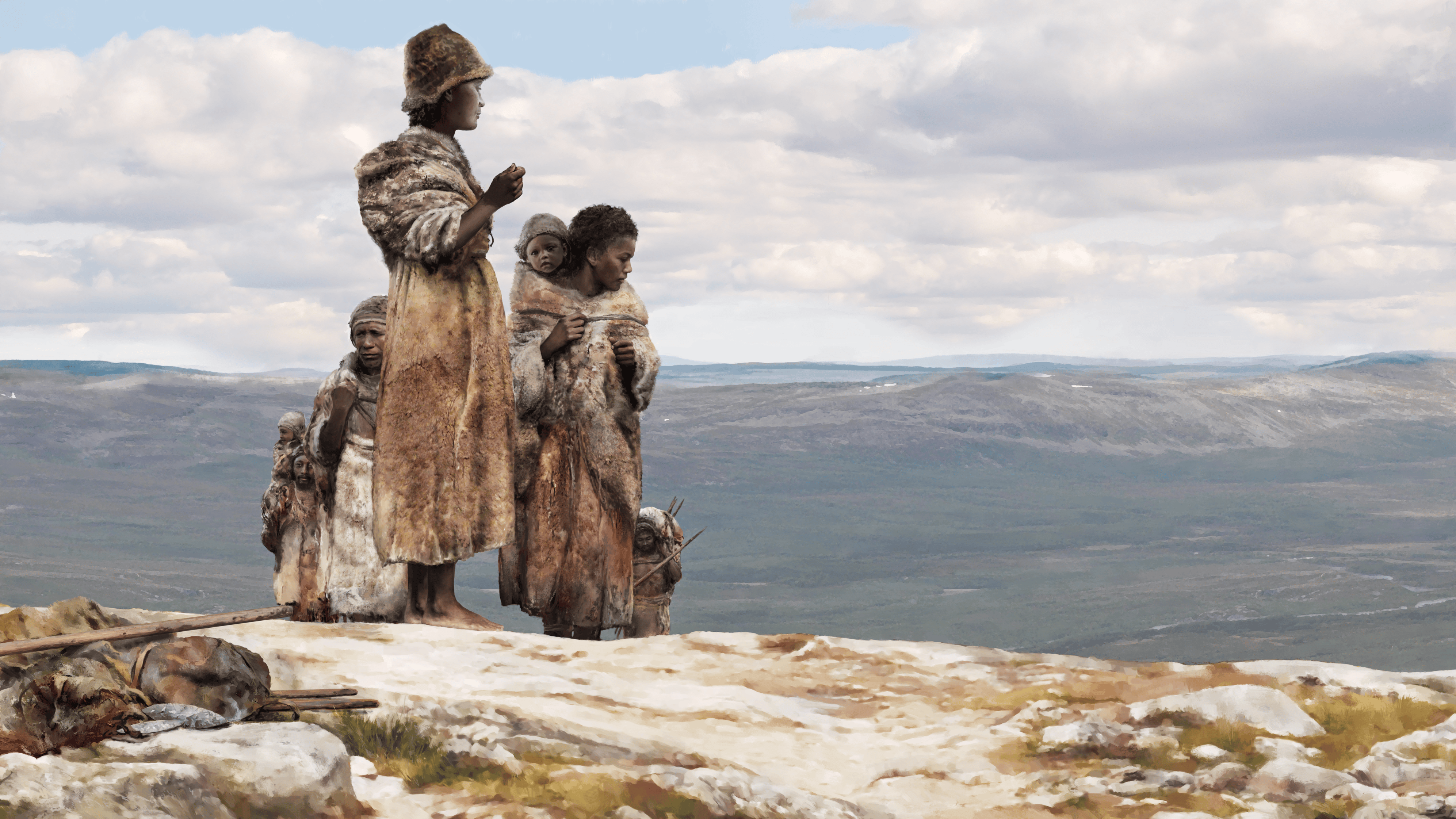
Modern human ancestors and Neanderthals mated during a 7,000-year-long 'pulse,' 2 new studies reveal
By Kristina Killgrove published
An analysis of genomes from some of the earliest modern humans to live in Europe reveals their ancestors interbred with Neanderthals in one period between 43,000 and 50,000 years ago.
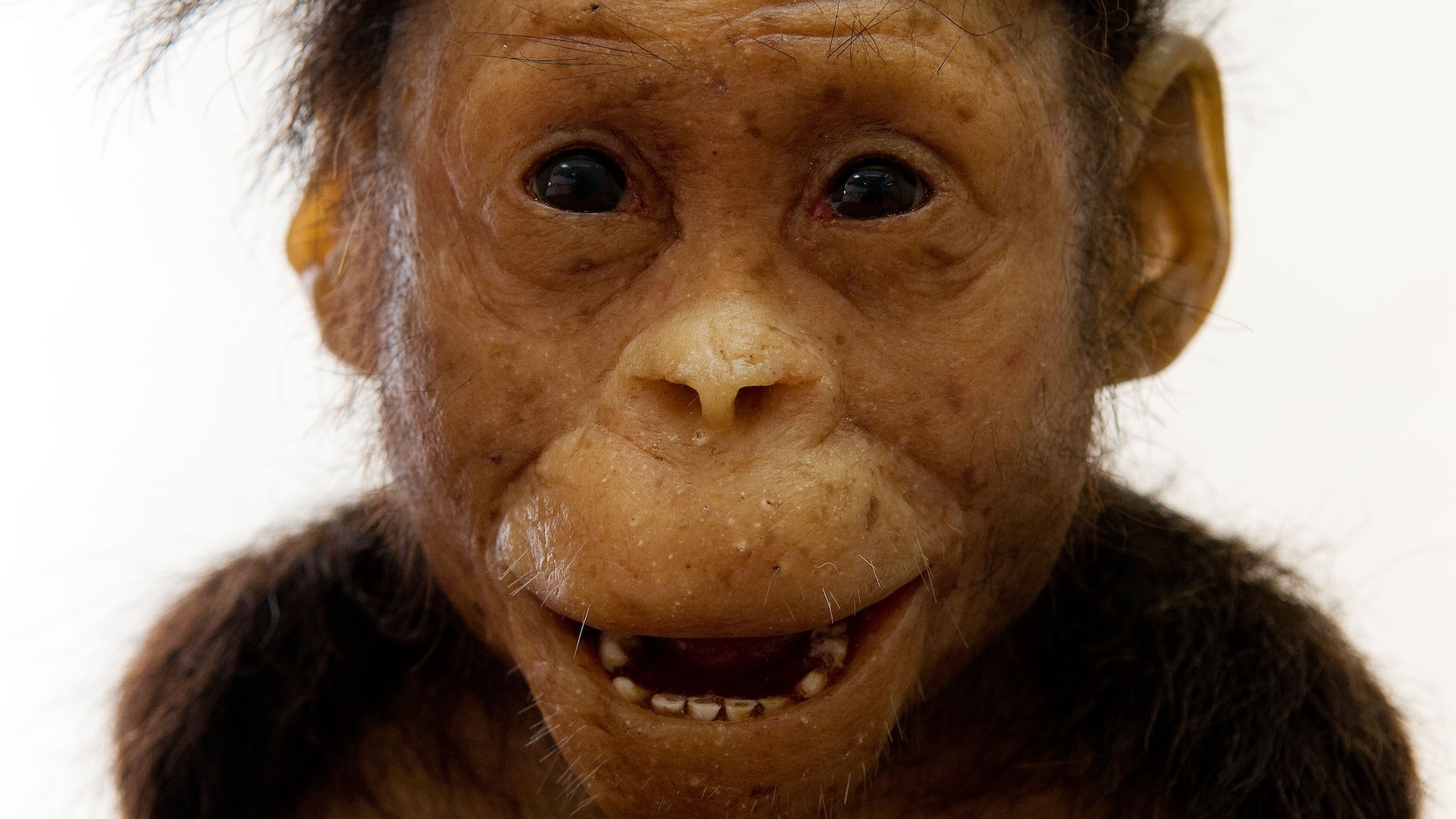
From 'Lucy' to the 'Hobbits': The most famous fossils of human relatives
By Kristina Killgrove published
Countdown Lucy may be the best-known prehuman fossil in the world. But other famous fossils have given us important insight into our evolutionary history.
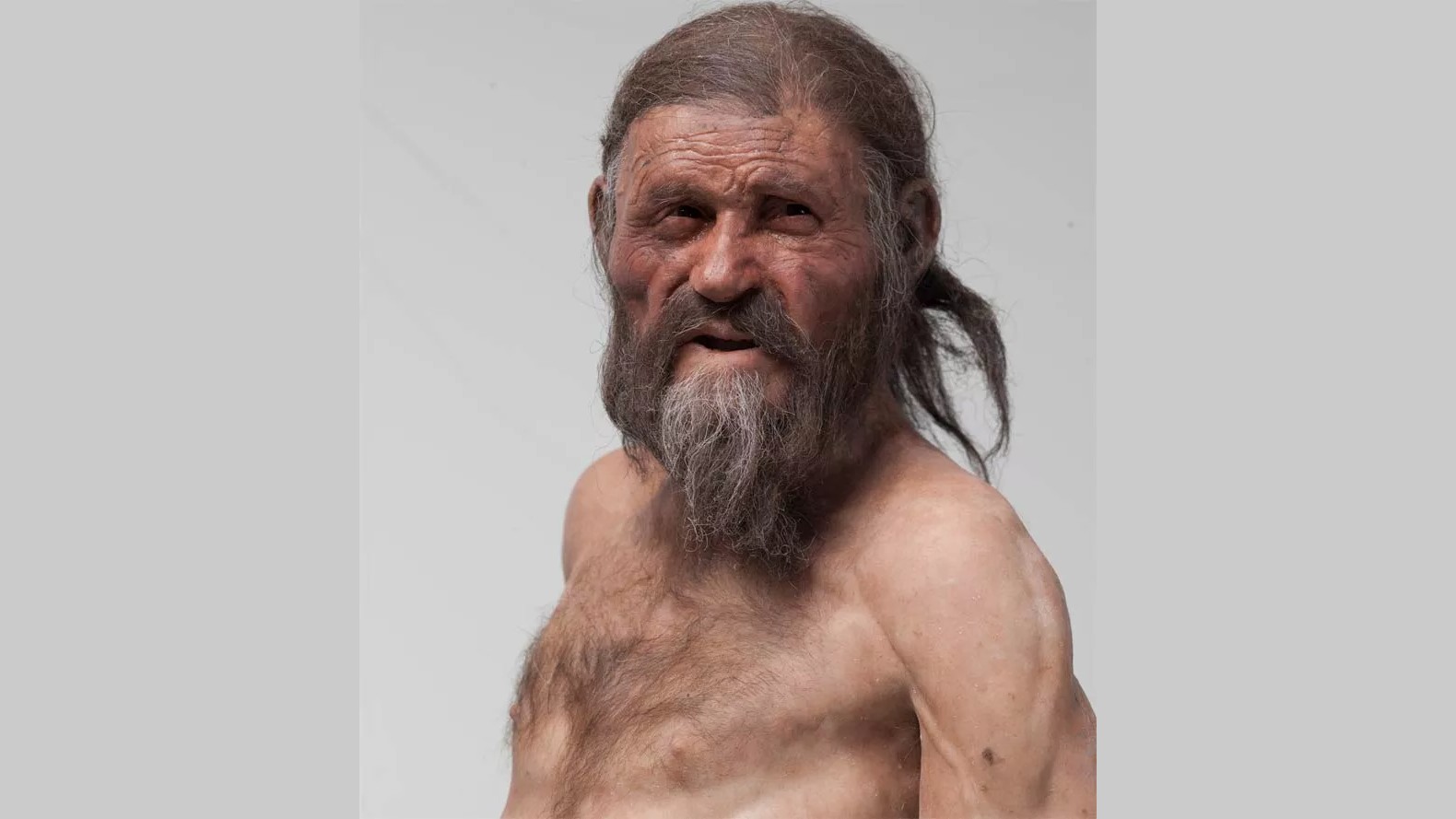
45 amazing facial reconstructions, from Stone Age shamans to King Tut
By Christina Hughes last updated
New scientific techniques are helping us reconstruct people from the past in uncanny detail.
Sign up for the Live Science daily newsletter now
Get the world’s most fascinating discoveries delivered straight to your inbox.
